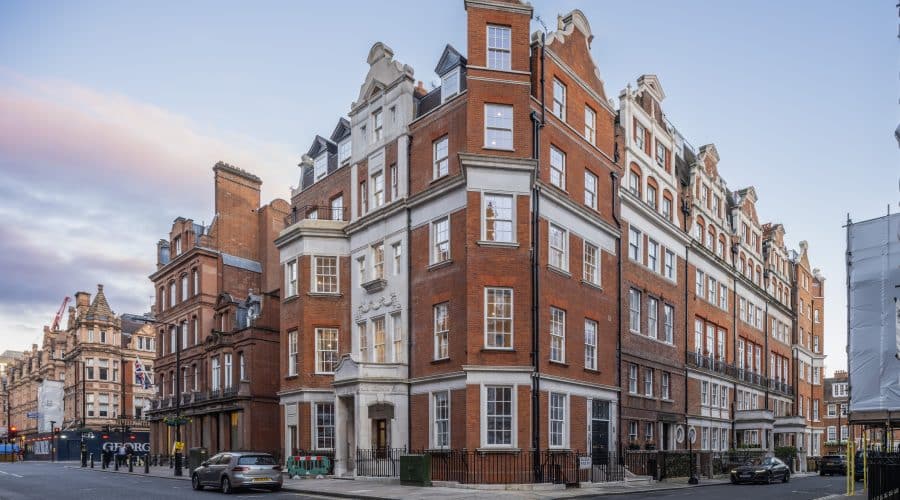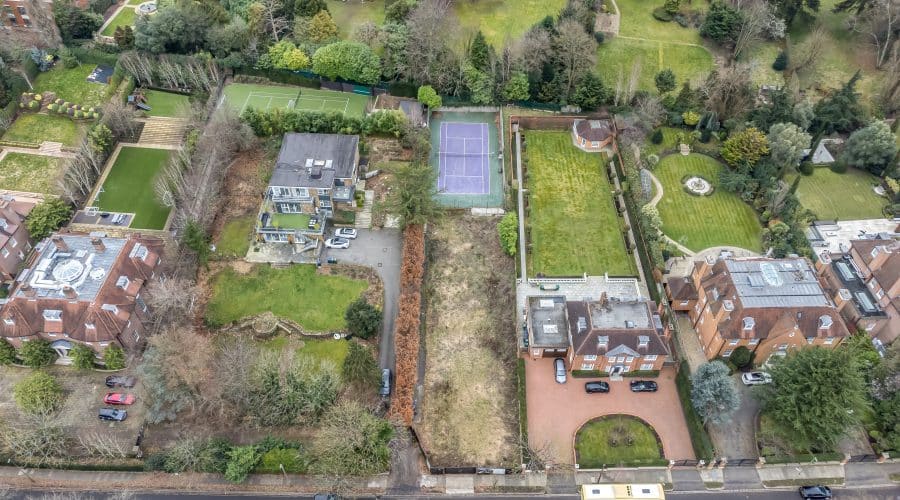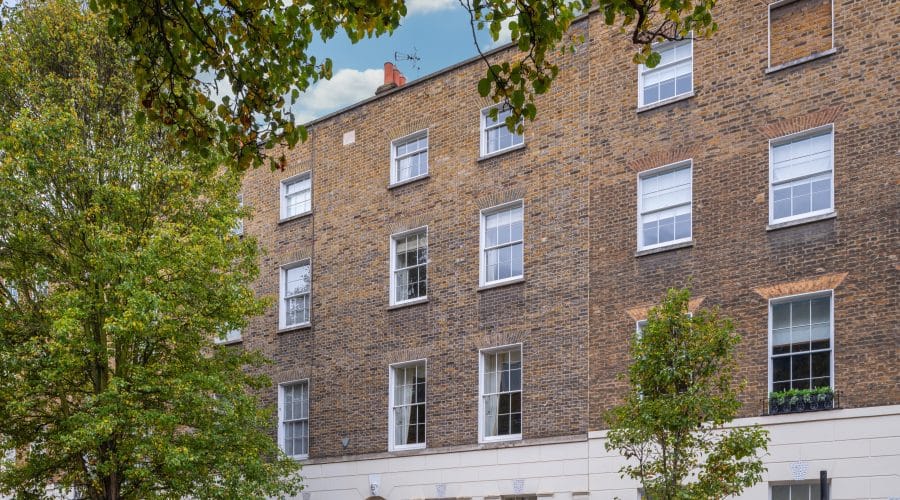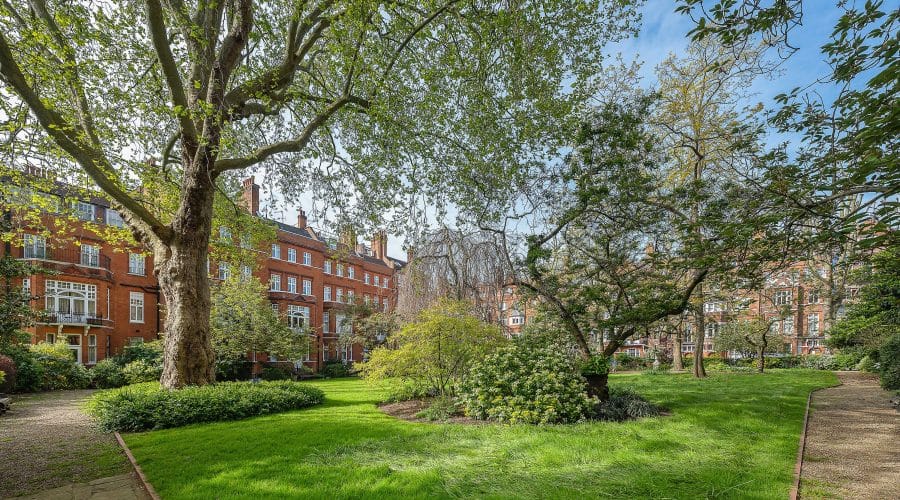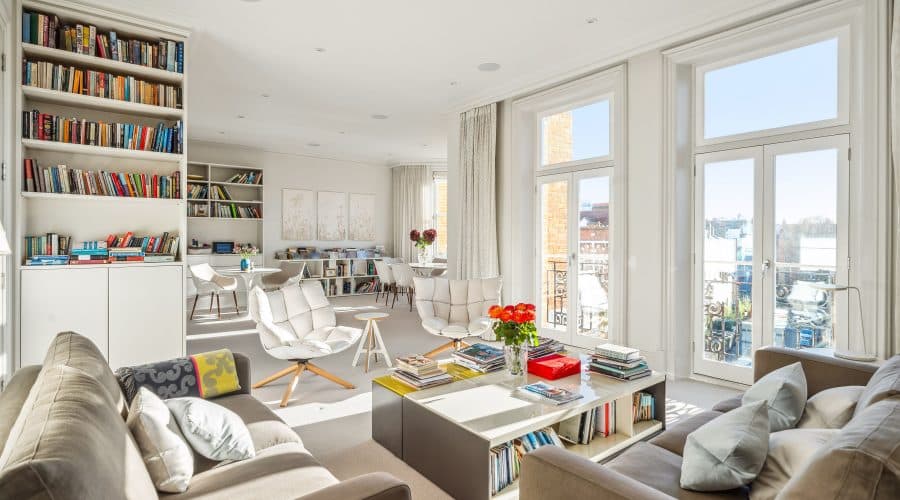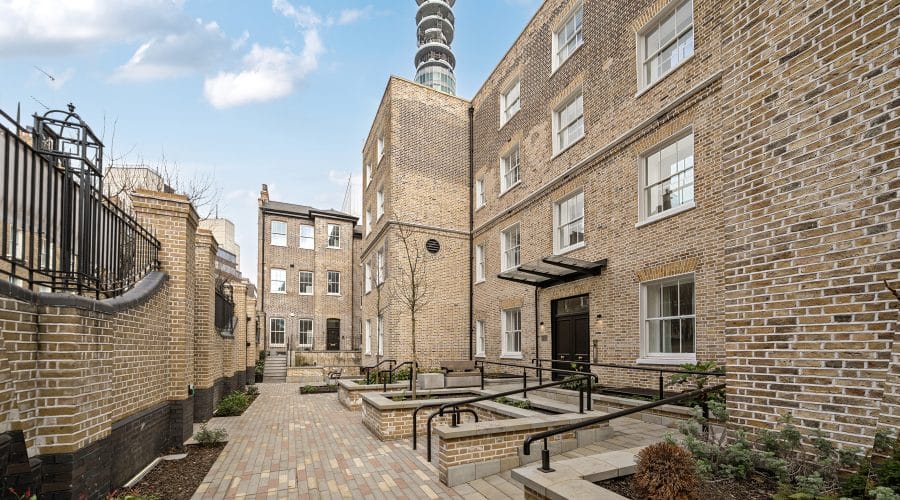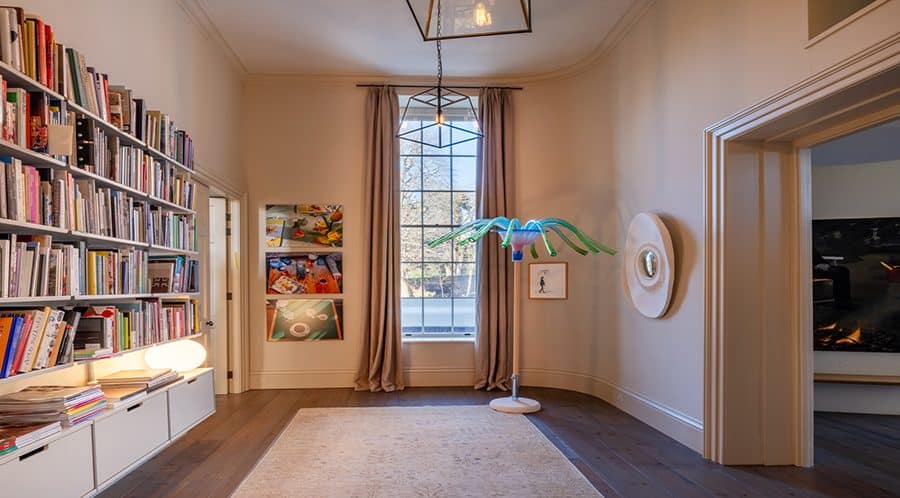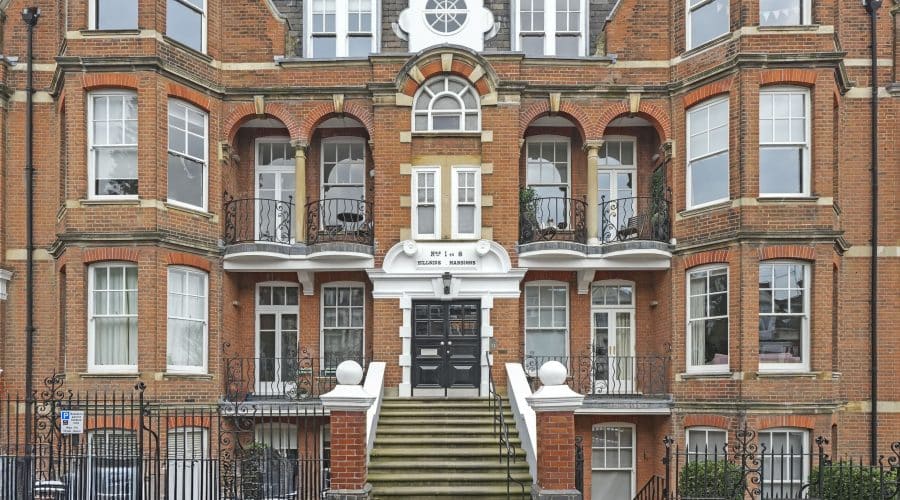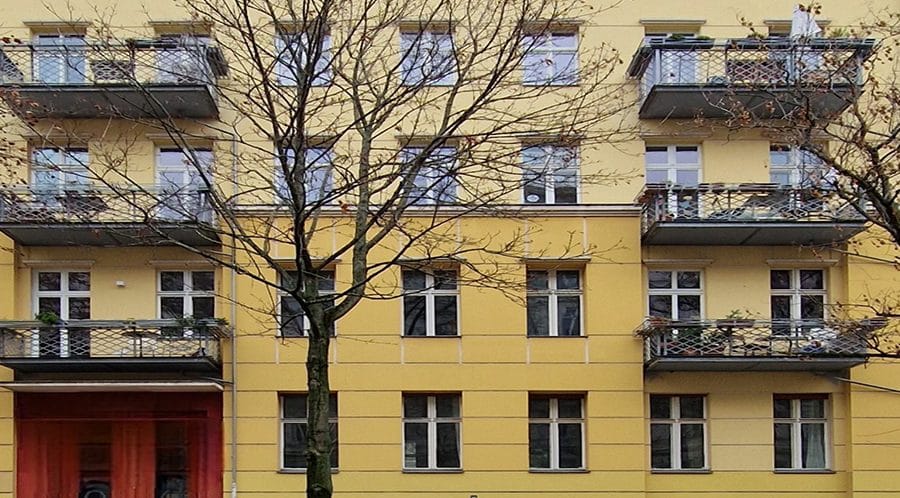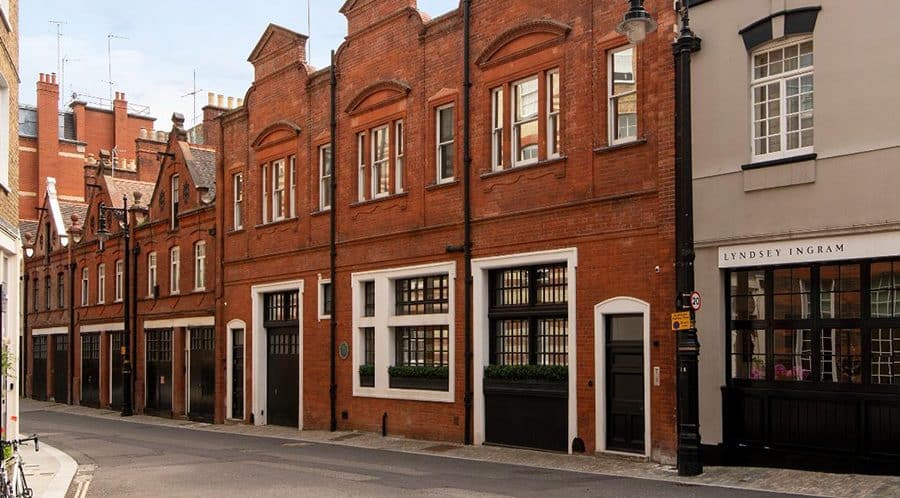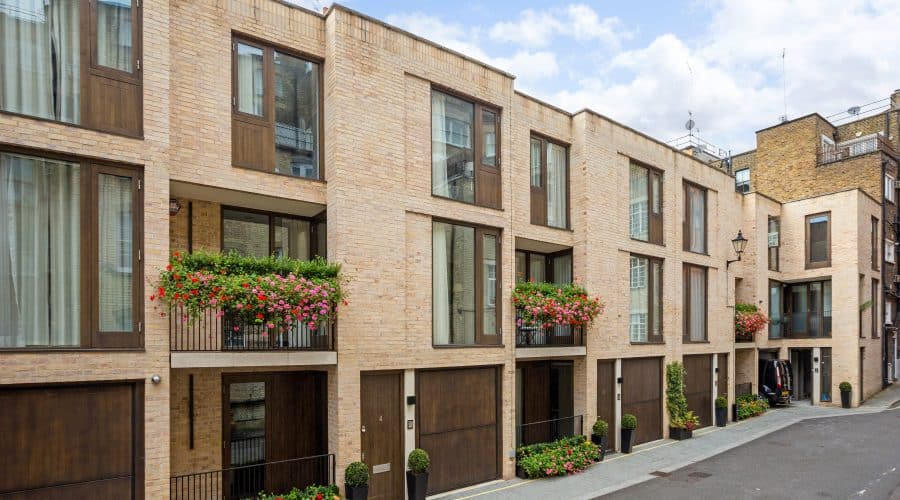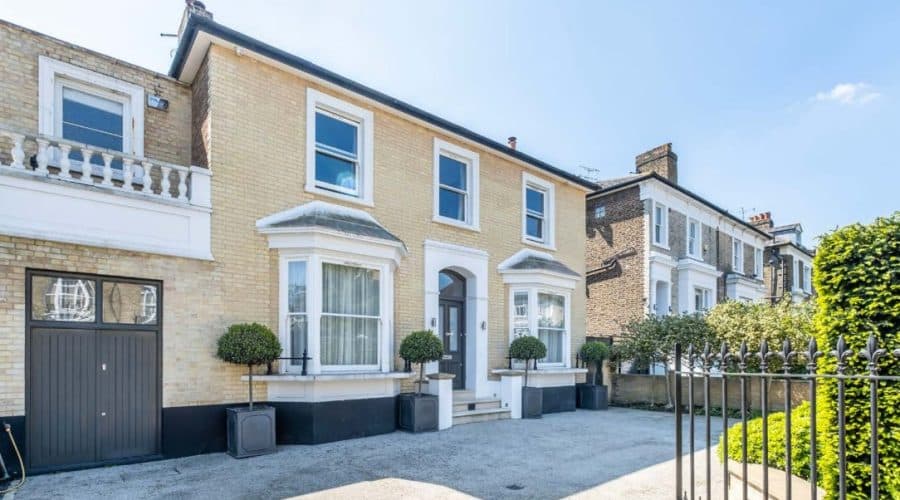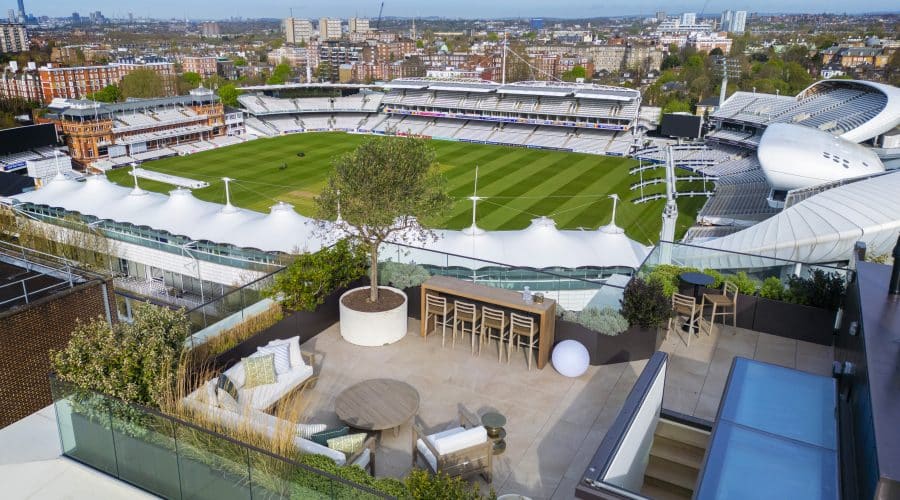A mob of 200 torch-carrying protesters halted traffic on London’s Old Street roundabout last month in a demonstration against the gentrification of nearby Hoxton and Shoreditch.
Their targets weren’t on City Road itself, which feeds into the roundabout, but they could well have been, since the area is undergoing some of the most concentrated regeneration efforts in the capital. Six major new-build developments in the area have been finished or are under construction, and more than 2,300 apartments are due to be completed by 2018. This new residential district is on the doorstep of London’s hub for digital businesses, dubbed “Tech City” by the government in 2010.
But are these homes too expensive? Some apartments cost more than £1,300 per sq ft and the market for high-end properties in London is faltering — house price growth in prime central London has practically stagnated since stamp duty reforms came into force in December last year, according to Knight Frank, the property consultancy.
“On the face of it, development of this magnitude in a small geographical area would suggest oversupply,” says Rachel Webster, partner at buying agents Property Vision, “but there is a real demand for this type of property.”
That demand is being converted into sales. The Eagle, a 26-storey development designed by Farrells, sold all its 206 units off-plan, while Canaletto, a 31-storey tower near the City Road basin, has sold 90 per cent of its units off-plan. With more than 900 units, the largest of the new developments, 250 City Road, a mixed-use scheme by Berkeley Homes, has sold more than 200 units off-plan.
“The studios and one-bedroom units priced around the £1m mark in these developments are selling really quickly,” says Camilla Dell, managing partner of buying agents Black Brick. “Buy-to-let purchasers are confident they’ll rent easily with all the investment that’s gone into the area.”
Lee Layton, a research analyst at Carter Jonas, the estate agency, calculates the gross rental yield for one- or two-bedroom flats in and around Old Street as 5.1 per cent.
At the top end, all of the developments have more exclusive apartments. At the Lexicon, a two-bedroom apartment on the 28th floor is available for £1.4m through the developer Mount Anvil. A three-bedroom penthouse on the 40th floor of 250 City Road is available for £3.6m, through Berkeley.
So why Old Street? Until recently the area was known mostly for its traffic-blackened roundabout. “Old Street has soul,” says Layton, who thinks the creative industries and start-ups in the area — or rather, their employees — gave Tech City its on-trend status. But its future is a contentious issue. “It’s naive to think it couldn’t lose that [status] if the area prices out the very people that make it popular,” he says.
Entrepreneur Duncan Cheatle suspects being priced out is not merely a risk but a reality, with start-up businesses already having to move elsewhere. “[Tech City] is a victim of its own success,” he says. “Office rents are just outrageous.” Since the second quarter of 2014, rents on the fringes of the City have risen 18 per cent, according to Carter Jonas. Docklands, Stratford and the areas around Whitechapel are the only remaining sub-markets that offer refurbished office space at rents of less than £40 per sq ft — one reason why many early-stage businesses have already moved to those areas.
Developers have been trying to combat this. White Collar Factory, under construction by the Old Street roundabout, calls itself a “new urban campus” for London that will provide more than 39,000 sq ft of flexible office space. The Eagle also features a start-up hub, offering shared workspace, with 150 desks at less than £10 a day.
The developer of The Atlas Building, a 302-unit tower, set to be the area’s tallest, has also demonstrated some sensitivity to the area’s character. Rocket Investments has bought the boarded-up Three Crowns pub and merged the building with its own premises, while restoring the pub to its former green-tiled glory. Yet looking ahead, will this merging of old and new be quite as neat?
“The individual towers might be beautiful, but how do they relate to each other and the character of the street?” says John Phillipps, a Carter Jonas consultant, who argues that in areas like this, a common vision is sometimes lacking, as is a sense of community. “A traditional Paris street, a boulevard, would have hundreds of doorways. Therefore, you build a community, because people talk,” he says. “Six tower blocks don’t make a boulevard.”
Still, with smart apartments selling readily to owner-occupiers and investors alike, it might take more than a few anarchists to make a dent in City Road’s glass-plated armour just yet.
